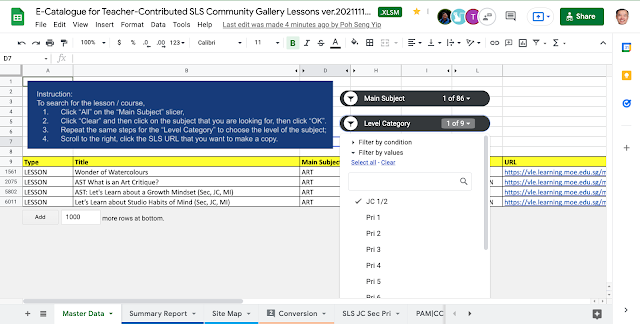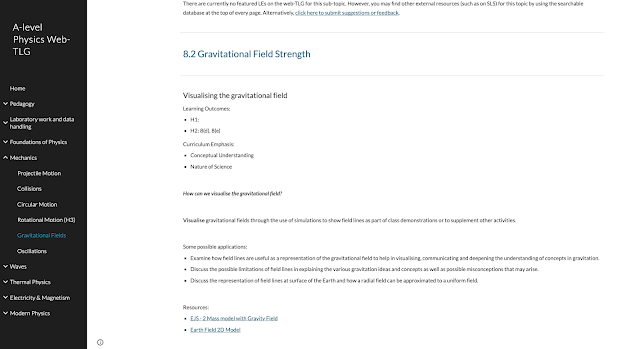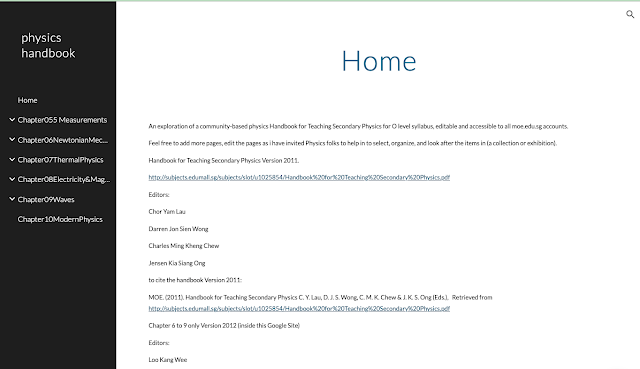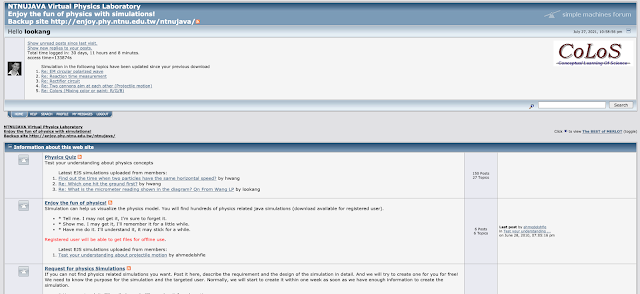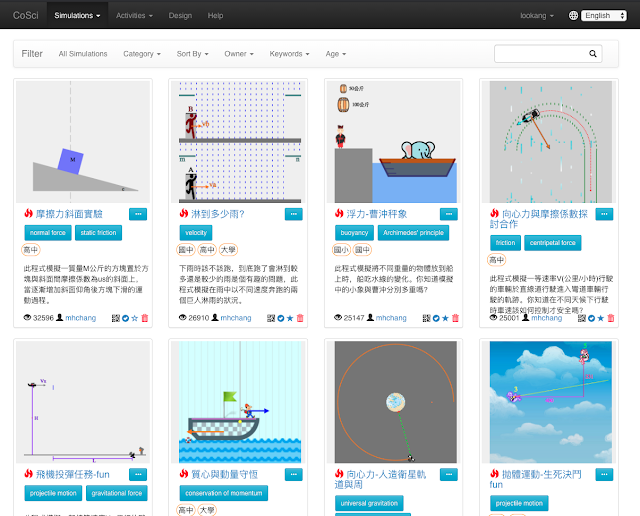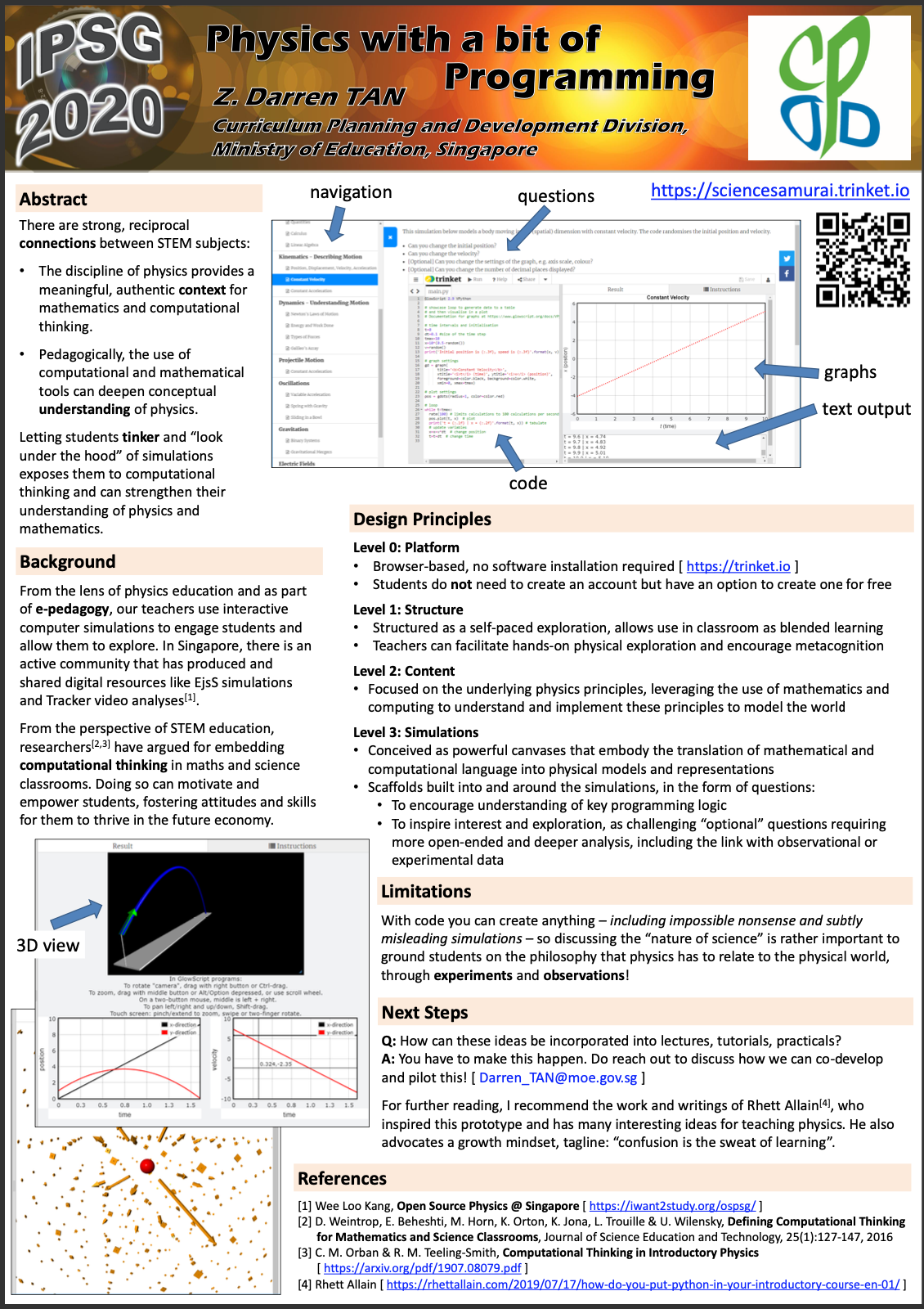Breadcrumbs
Related Sites
- Details
- Written by Loo Kang Wee
- Category: Related Sites
- Hits: 1101
Read more: 🚀 PDF Signature Helper – Add Your Signature to Any PDF, Right in the Browser
- Details
- Written by Loo Kang Wee
- Category: Related Sites
- Hits: 444
- Details
- Written by Loo Kang Wee
- Category: Related Sites
- Hits: 592
- Details
- Written by Loo Kang Wee
- Category: Related Sites
- Hits: 989
Read more: HTML5 Interactives & Games for History Teaching and Learning by Mathew Lim
- Details
- Written by Fremont
- Category: Related Sites
- Hits: 1814
- Details
- Written by Loo Kang Wee
- Category: Related Sites
- Hits: 1455
- Details
- Written by Loo Kang Wee
- Category: Related Sites
- Hits: 2524
- Details
- Written by Loo Kang Wee
- Category: Related Sites
- Hits: 2551
Read more: Building the Singapore Young Physicists' Tournament (SYPT) Team Assignment Web App
- Details
- Written by Loo Kang Wee
- Category: Related Sites
- Hits: 2158
Read more: webEJS Editor aka EJS 7.0 : A Powerful Tool for Creating Interactive Simulations
- Details
- Written by Loo Kang Wee
- Category: Related Sites
- Hits: 2345
Read more: Singapore Version of webEJS: A Modern Platform for Interactive Simulations
- Details
- Written by Loo Kang Wee
- Category: Related Sites
- Hits: 5535
Read more: Moodle LTI Easy JavaScript Simulation EJSS Master List with Data Analytics
- Details
- Written by Loo Kang Wee
- Category: Related Sites
- Hits: 5297
Read more: Joomla Backup of Open Educational Resources / Open Source Physics @ Singapore
- Details
- Written by Loo Kang Wee
- Category: Related Sites
- Hits: 5464
Read more: Moodle Extension AEP 01/18 LW Virtual Lab Learning Analytics-Moodle extension
- Details
- Written by Loo Kang Wee
- Category: Related Sites
- Hits: 5020
- Details
- Written by Loo Kang Wee
- Category: Related Sites
- Hits: 6448
- Details
- Written by Loo Kang Wee
- Category: Related Sites
- Hits: 6585
Read more: 2021 A-level Physics Web-TLG (Teaching & Learning Guide) by MOE CPDD
- Details
- Written by Loo Kang Wee
- Category: Related Sites
- Hits: 6165
Read more: 📄2012 Handbook for Teaching Secondary Physics the Living Document by MOE-CPDD, NIE
- Details
- Written by Loo Kang Wee
- Category: Related Sites
- Hits: 6424
Read more: NTNUJAVA Virtual Physics Laboratory by Fu-Kwun Hwang
- Details
- Written by Loo Kang Wee
- Category: Related Sites
- Hits: 4765
Read more: SG-MOE GeoGebra Community by Vincent, Wee Teck and Seng Kwang
- Details
- Written by Loo Kang Wee
- Category: Related Sites
- Hits: 11865
- Details
- Written by Loo Kang Wee
- Category: Related Sites
- Hits: 5943
- Details
- Written by Loo Kang Wee
- Category: Related Sites
- Hits: 5100
- Details
- Written by Loo Kang Wee
- Category: Related Sites
- Hits: 6742
Read more: PhET Physics Education Technology by University of Colorado
- Details
- Written by Loo Kang Wee
- Category: Related Sites
- Hits: 8802
- Details
- Written by Loo Kang Wee
- Category: Related Sites
- Hits: 9876
Read more: Tracker Video Analysis and Modeling Tool by Douglas Brown
- Details
- Written by Loo Kang Wee
- Category: Related Sites
- Hits: 7206
















